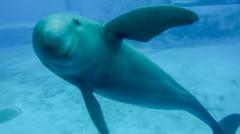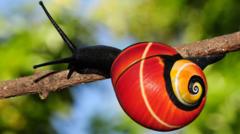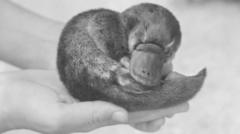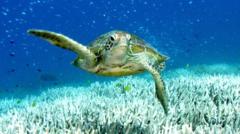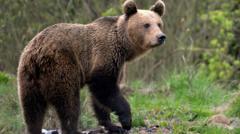A new classification of giraffes into four species based on genetic diversity may significantly impact their conservation.
**New Insights Classify Giraffes into Four Distinct Species, Enhancing Conservation Efforts**

**New Insights Classify Giraffes into Four Distinct Species, Enhancing Conservation Efforts**
A recent study reveals that giraffes, once believed to be a single species, actually comprise four distinct species, aiding conservation strategies.
In a groundbreaking revelation, scientists from the International Union for Conservation of Nature (IUCN) have announced that giraffes are not one species but four distinct ones. This finding is critical as it adds precision to conservation efforts for these majestic creatures, long revered as one of the most iconic mammals.
The distinction among giraffes became clearer as researchers conducted detailed studies examining the skull sizes and head shapes of various populations. Through this method, they identified sufficient genetic variations to warrant recognizing four separate species. The research considered natural geographical barriers across Africa, such as rivers, valleys, and deserts, which contributed to the distinct evolutionary trajectories of these animals over time.
The newly recognized species include the Southern giraffe, predominantly found in regions such as Angola, Botswana, Namibia, and parts of Zimbabwe and Mozambique. Historical geographical separation due to the presence of rivers like the Kunene and Zambezi played a significant role in the evolution of this species.
Another identified species is the Reticulated giraffe, which roams the open savannas and wooded grasslands of Kenya, Somalia, and Ethiopia. This species showed adaptability with migratory patterns, albeit with potential cross-breeding opportunities with other giraffes, separated mainly by geographical features like the Tana River.
The Northern giraffe, residing in western Ethiopia, central Kenya, and parts of Uganda and South Sudan, has also been classified formally. Its distinct migration patterns and natural barriers such as the Nile River and Lake Victoria have helped shape its uniqueness.
Lastly, the Masai giraffe, with its unmistakable leaf-like patterned coat, inhabits areas in Kenya, Tanzania, and Uganda. Although its distinctive appearance may suggest a separate classification, scientists have pointed out that variations exist even among the same population over time.
The IUCN emphasizes the importance of recognizing genetic distinctions among giraffes for conservation purposes. Co-author Michael Brown expressed that enhanced knowledge regarding giraffe taxonomy is essential for effectively assessing their conservation statuses and implementing targeted strategies to protect these animals. Previously, giraffes were classified under a single vulnerable category, but with the new findings, the IUCN is set to reassess the conservation statuses of the four species, thus fostering better protection efforts for these magnificent animals.
The distinction among giraffes became clearer as researchers conducted detailed studies examining the skull sizes and head shapes of various populations. Through this method, they identified sufficient genetic variations to warrant recognizing four separate species. The research considered natural geographical barriers across Africa, such as rivers, valleys, and deserts, which contributed to the distinct evolutionary trajectories of these animals over time.
The newly recognized species include the Southern giraffe, predominantly found in regions such as Angola, Botswana, Namibia, and parts of Zimbabwe and Mozambique. Historical geographical separation due to the presence of rivers like the Kunene and Zambezi played a significant role in the evolution of this species.
Another identified species is the Reticulated giraffe, which roams the open savannas and wooded grasslands of Kenya, Somalia, and Ethiopia. This species showed adaptability with migratory patterns, albeit with potential cross-breeding opportunities with other giraffes, separated mainly by geographical features like the Tana River.
The Northern giraffe, residing in western Ethiopia, central Kenya, and parts of Uganda and South Sudan, has also been classified formally. Its distinct migration patterns and natural barriers such as the Nile River and Lake Victoria have helped shape its uniqueness.
Lastly, the Masai giraffe, with its unmistakable leaf-like patterned coat, inhabits areas in Kenya, Tanzania, and Uganda. Although its distinctive appearance may suggest a separate classification, scientists have pointed out that variations exist even among the same population over time.
The IUCN emphasizes the importance of recognizing genetic distinctions among giraffes for conservation purposes. Co-author Michael Brown expressed that enhanced knowledge regarding giraffe taxonomy is essential for effectively assessing their conservation statuses and implementing targeted strategies to protect these animals. Previously, giraffes were classified under a single vulnerable category, but with the new findings, the IUCN is set to reassess the conservation statuses of the four species, thus fostering better protection efforts for these magnificent animals.

